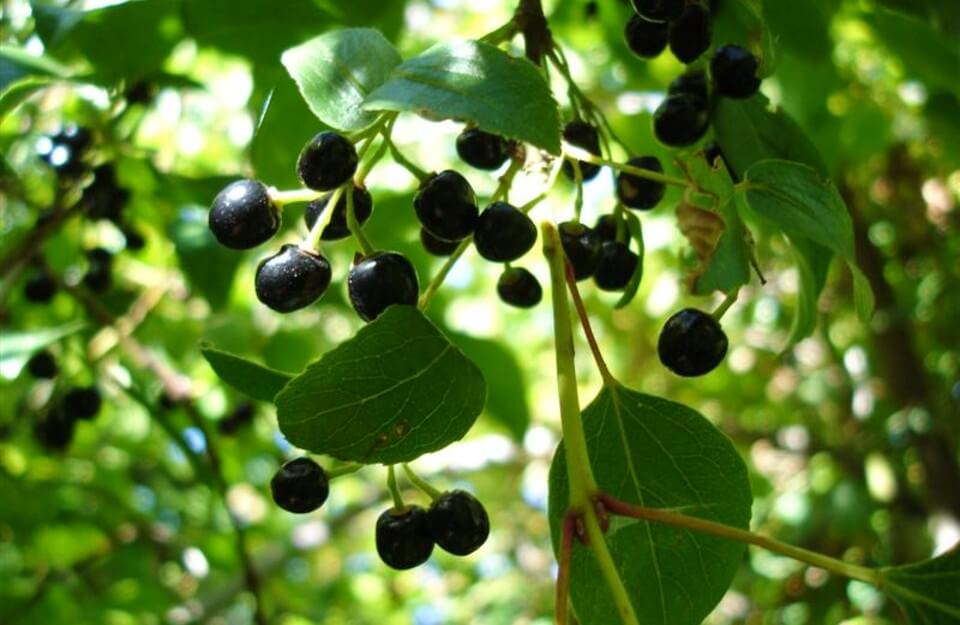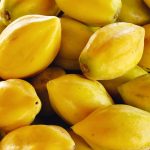
Southern Chile, with its landscapes of forests, mountains and coasts, is home to a variety of unique fruits that reflect the natural richness of the region. These traditional fruits of southern Chile, deeply rooted in local tradition, not only stand out for their intense and distinctive flavors, but also for their nutritional and medicinal properties.
Murta
This deep red fruit grows on the coasts and coastal mountains from the Maule Region to the Lakes Region, the murta grows on a shrub that adapts easily and is able to withstand periods of drought. The fruit is characterized by a sweet flavor and a strong and distinctive aroma.
Like all berries, murta has antioxidant properties, as well as anti-inflammatory, analgesic and healing properties.
It is commonly used in jams, juices and chocolates and also for the elaboration of liquors, such as the traditional drink of southern Chile, the "murtado".
Maqui
Maqui, called one of the most popular "superfoods" in recent years, has established itself as a fruit of great popularity due to its sweet taste and antioxidant properties. This fruit from the south of Chile grows on the tree of the same name, which does not exceed 5 meters and is usually found along streams, rivers or lagoons.
Among the most common forms of consumption are jams, juices, powdered, dehydrated, and by the Mapuche culture, in the form of chicha. It has begun to be consumed more massively for its ability to delay the aging of cells and is also attributed with the ability to prevent cancer.
Rose Hip
The rosehip is a shrub that abounds in the southern part of our country, noted for its reddish fruit, also known as "rose hip". Although this fruit from the south of Chile can be consumed raw, its traditional use consists in the preparation of jams, sweets, infusions and body oils.
This fruit is highly valued in the cosmetic world due to the healing properties of its natural oil, extracted through cold pressing of its seeds. It not only acts as a natural cell regenerator, but also due to its powerful astringent character, which allows the binding of the broken edges of the epidermis.
Calafate
The calafate is one of the traditional fruits of southern Chile and a symbol of Patagonia, since it is believed that anyone who tastes it will at some point return to visit these southern lands. This black fruit is extracted during the summer and used in different preparations, such as jams, jellies, and even different types of liquors, such as wines or beer.
It is frequently used by those who practice non-traditional medicine, as it is believed to have important antibacterial properties and the ability to fight some types of cancer, due to its antitumor activity.
Chilco
The chilco, although the fruit is found in Chile from the Coquimbo Region onwards, in the central zone it only grows near watercourses or places of high humidity, while in the southern part of our country it is possible to find bushes of this species in different places and with great ease, even in places where there is no direct access to water sources.
Among its benefits, its effectiveness in reducing and regulating conditions related to the menstrual cycle in women, especially the flowers of this plant stands out. It is also commonly consumed to reduce fever and as a diuretic.






